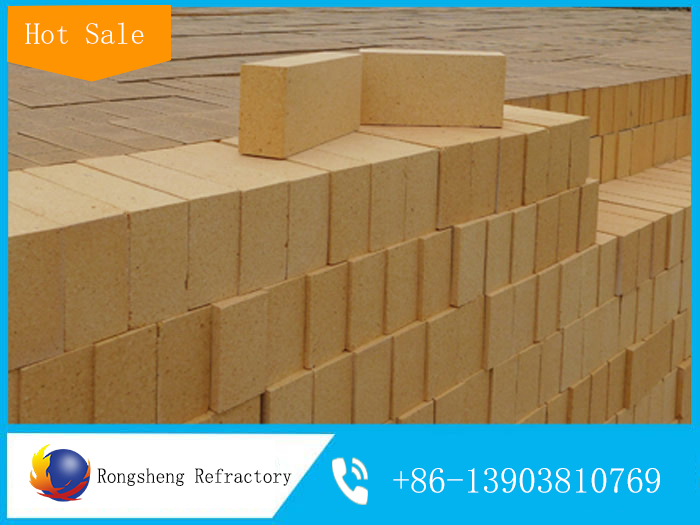When purchasing refractory bricks, some buyers often only consider the price of the bricks while neglecting their own usage requirements. This is a mistake because purchasing refractory bricks that do not meet their own requirements will only result in partial effectiveness. Generally, the following principles should be followed:
Understanding the characteristics of the furnace or kiln
Based on the structure of the furnace or kiln, including the working characteristics and operating conditions of each part, refractory bricks should be selected accordingly. It is necessary to analyze the reasons for refractory brick damage and make targeted selections. Misalnya, various smelting furnaces (such as cupolas and reverberatory furnaces), as well as the furnace linings and bottoms below the slag line, are primarily subjected to chemical erosion from slag and molten metal, followed by the thermal stress caused by rapid temperature changes. Generally, refractory bricks with excellent slag resistance, such as magnesia and magnesia-chrome bricks, are selected for construction. Refractory bricks made of magnesia-alumina, magnesia-chrome, or high-alumina can be used for areas above the slag line.
Familiarity with the characteristics of refractory bricks
Having a good understanding of the chemical mineral composition, physical properties, and working performance of various refractory bricks is essential to fully leverage their excellent characteristics while avoiding common drawbacks. For instance, silica bricks have a high load-softening temperature and can resist the erosion of acidic furnace slag. However, they undergo a rapid transformation from the β crystalline phase to the α crystalline phase below 600℃, resulting in poor thermal shock resistance. Nevertheless, they can be used for furnace crown bricks and coke oven chamber partition bricks when operating below 600℃.
Ensuring the overall lifespan of the furnace or kiln
To ensure that the various types of refractory bricks used in different parts of the furnace or kiln cooperate reasonably, it is necessary to determine the materials for each part and each layer of refractory bricks. This should avoid chemical reactions and molten damage between different types of refractory bricks while ensuring balanced wear and tear in each part or achieving balanced wear and tear through reasonable technical measures. This ensures the overall lifespan of the furnace or kiln.
Achieving comprehensive economic benefits
Reasonably selected refractory bricks should meet process conditions and technical requirements while considering the quality of materials, the source of refractory bricks, their price, lifespan, consumption, and their impact on product quality. A comprehensive analysis should be conducted to strive for reasonable comprehensive economic benefits.
The price, quality, and lifespan of refractory bricks need to be evaluated and compared from multiple perspectives. Many people hope to purchase refractory bricks that are of good quality, low price, and have a long lifespan. Only by achieving comprehensive benefits and making our overall usage easier can we select refractory bricks that have a strong cost performance.

